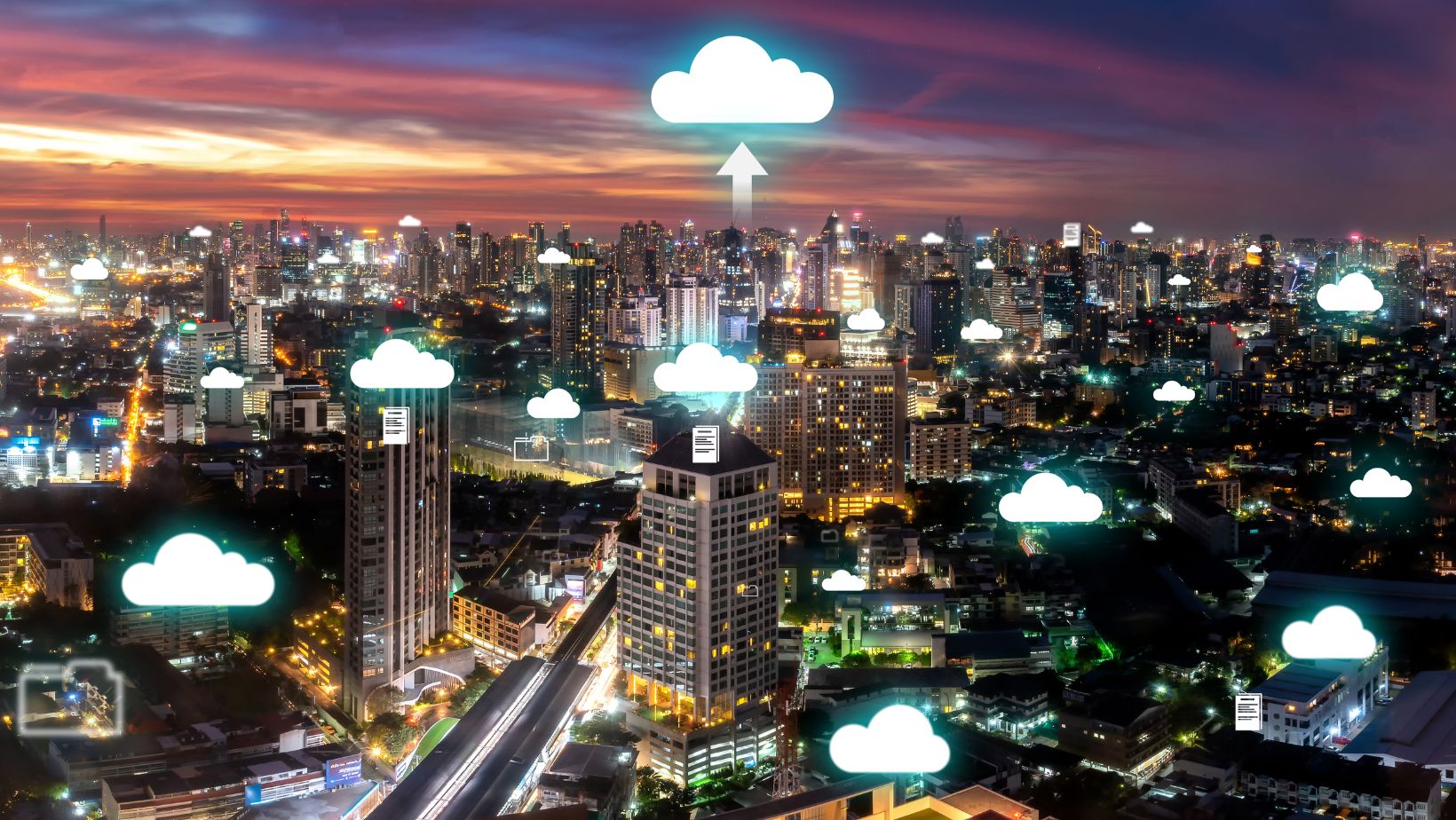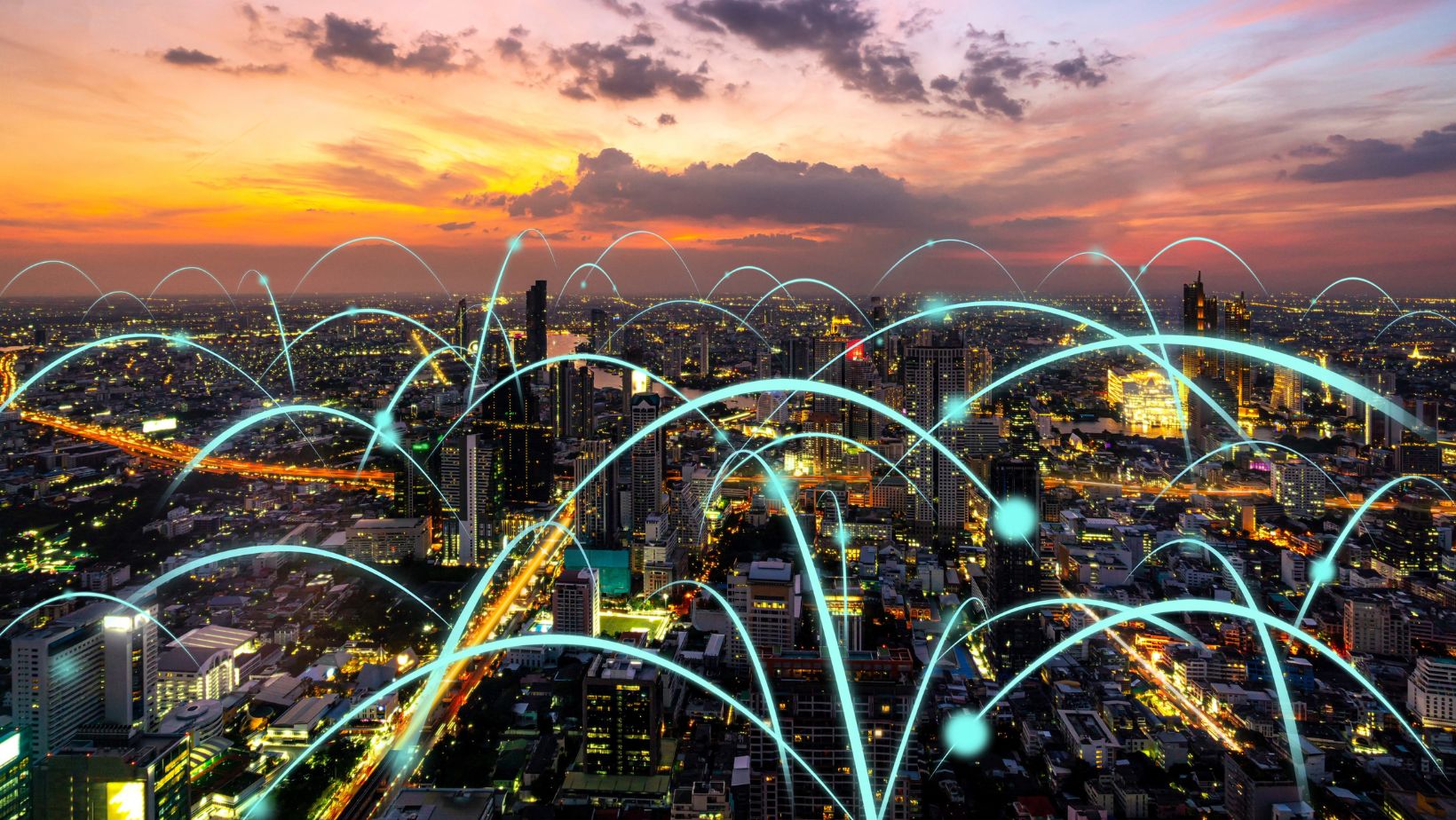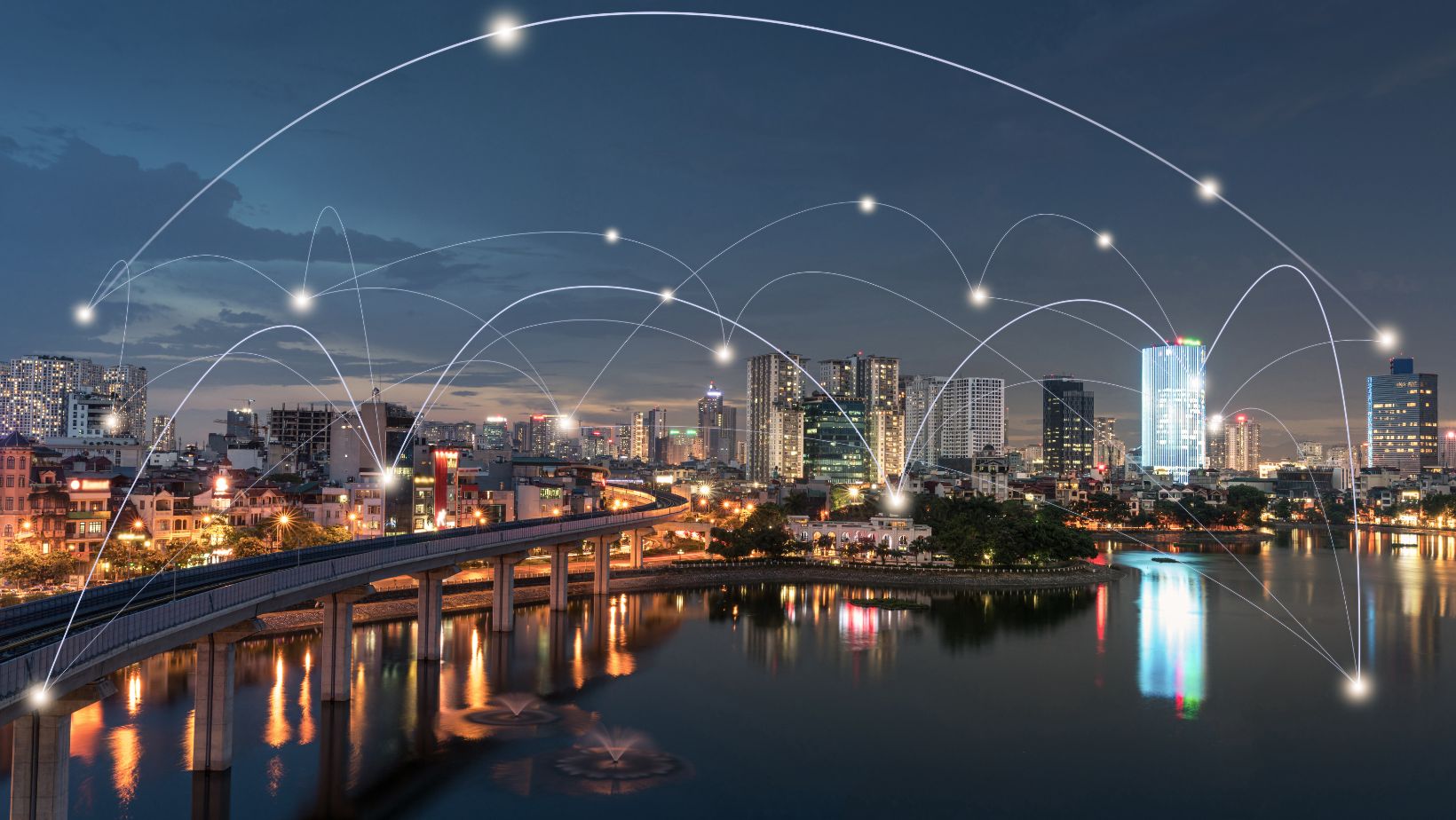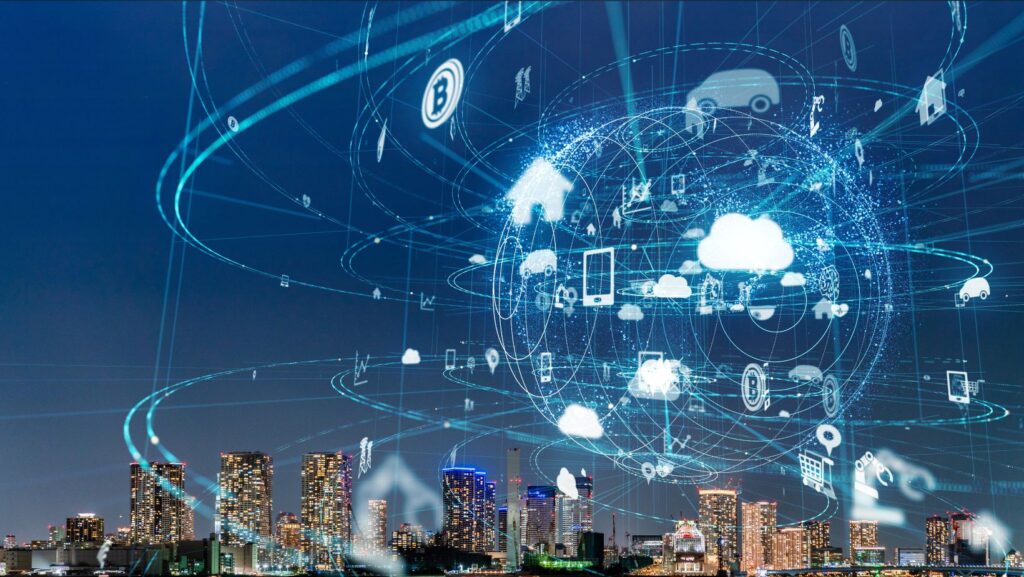Imagine a city that anticipates your needs, streamlines daily activities, and improves quality of life with the power of technology. Welcome to the world of smart cities. They’re not a distant vision of the future, but a rapidly emerging reality, revolutionizing urban living through innovative tech and data-driven strategies.
Smart cities harness the power of the Internet of Things (IoT), artificial intelligence (AI), and other cutting-edge technologies to create safer, more efficient, and sustainable urban environments. From traffic management to energy conservation, they’re transforming how we live, work, and play.
Stay tuned as we delve deeper into the fascinating world of smart cities, exploring their benefits, challenges, and the technology behind them. We’ll also look at examples from around the globe, showcasing how they’re reshaping the urban landscape.
Understanding the Concept of Smart Cities

Diving deeper into the topic, a smart city is an urban area that incorporates and utilizes technology, primarily IoT and AI, into its infrastructure. This implementation targets increasing operational efficiency, enhancing citizens’ quality of life, and ensuring environmental sustainability. Methods of accomplishment include optimized traffic management, energy conservation, improved public safety, and proficient delivery of public services.
One integral aspect of a smart city revolves around the collection, collation and analysis of data. Sensors distributed throughout the city capture vast amounts of data. This data, which encompasses information about traffic patterns, energy usage, climate conditions, and more, undergoes processing and analysis to inform decisions and policies. For example, data about peak traffic hours and routes assists in devising optimized traffic flow, decreasing congestion.
The Birth and Evolution of Smart Cities
In the late 1990s, the concept of “smart cities” began to emerge, paralleled with advances in technology and the rise of the internet. The initiative revolved around connecting physical infrastructure to digital networks, enhancing the efficiency of urban operations.
Around the 2000s, the initiative gained further momentum, prompted by advancements in IoT (Internet of Things) technology. In major cities such as Amsterdam and Boston, investment in IoT devices increased. The addition of sensors to public facilities, such as lamp posts and trash bins, allowed for more accurate data collection and analysis. For example, sensors in lamp posts track pedestrian traffic, thereby optimizing lighting patterns to reduce energy consumption.
As technology continued to advance, AI (Artificial Intelligence) started playing a critical role in transforming cities into smart urban environments. By the 2010s, smart city initiatives started leveraging AI applications. Singapore, for instance, introduced AI in traffic management systems. This application analyzed real-time traffic data to manage congestion, improving the overall efficiency of the transportation network.
The Core Technologies Behind Smart Cities
Smart cities rely on a variety of innovative technologies. IoT and AI form the backbone, converging with other recent advancements to empower urban development. Big data, Cloud computing, and Blockchain enrich this technological landscape, augmenting the capabilities of IoT and AI.
Utilizing IoT extensively, smart cities amass significant volumes of data captured from a myriad of devices. Sensors and smart meters, for instance, collect information on traffic, air quality, and energy usage. Emphasizing AI, these urban spaces process vast amounts of information, extracting actionable insights that drive efficient management.

Big Data plays a crucial role, too. It’s in the storage, organization, and interpretation where it shines —_be it from citizens, devices, or vehicles. By analyzing these vast stores of data, authorities can discern patterns, predict trends, and make informed decisions.
Significantly, Cloud Computing provides the hardware and the software. It underpins the operations by storing this substantial data and running the necessary analytical programs. Additionally, it eases the accessibility of the relevant services to stakeholders.
The application of Blockchain is also gaining traction. It provides a secure framework for data sharing by integrating digital survival, traceability, and security. For instance, it allows seamless transactions in sharing economy applications, such as bike-sharing, adding another layer to the smart city fabric.
Case Studies of Smart Cities around the World
Embracing the smart city paradigm, Amsterdam and Barcelona represent examples of innovative urban development. Illustrating a high adoption of smart technologies, these metropolises provide a testament to the power of digital transformation in addressing urban challenges.
Amsterdam, an early embracer of smart city philosophy, manifests the power of IoT. For instance, the city brims with IoT sensors that collect real-time data on traffic, air quality, and energy consumption. Aided by AI, this data turns into actionable insights, such as predicting peak traffic times or identifying potential air quality hazards. Big Data plays a significant role here, facilitating faster decision making and proactive responses to potential urban issues.
Barcelona’s success as a smart city lies in its inventive use of cloud computing and blockchain. With firm infrastructure for data storage and analysis, cloud computing responds to the city’s ever-growing data needs. As urban services digitize transactions, blockchain secures and verifies them, lessening fraud while enhancing efficiency. Barcelona recognizes the merit in smart technologies, employing them in areas ranging from waste management to city planning.
Impact of Smart Cities on Civic Life

In line with the urban evolution driven by smart technologies, an evident transformation emerges in civic life due to the emergence of smart cities. A multi-faceted influence manifests, impacting public services, environmental sustainability, economic growth, and quality of life.
Primarily, public services experience a revamp, with AI-powered logistics enabling efficient waste management, traffic control, and emergency services. For instance, Barcelona’s noise sensor system guards citizens’ health, negating noise pollution, while Amsterdam’s smart grids promote efficient energy consumption.
Secondly, environmental sustainability secures a stronghold in smart city frameworks. Data-driven insights from IoT sensors guide effective resource management, contributing to greener urban landscapes. For instance, Singapore’s smart water meters detect leaks in real-time, preserving this precious resource.
An observation surfaces in the economic arena as well. The large-scale ICT integration in smart cities spurs economic growth, creating employment opportunities in tech-oriented sectors. Blockchain applications, prevalent in smart cities, cater to various services offered by financial services providers, ensuring secure transactions.
The Future of Smart Cities
The future of smart cities represents a new wave of urban development driven by cutting-edge technologies. These cities will exhibit increased connective infrastructure, boosting efficiency in services and nurturing sustainable growth.
Focus on Sustainability
Sustainability features prominently in the future urban blueprint. With climate change posing a high risk, smart cities aim to harness advanced technology for efficient energy utilization per the Paris Agreement’s objective. For instance, Amsterdam aims to run 80% of its homes on renewable energy by 2040, illustrating its commitment to clean energy. You can visit www.utilitybidder.co.uk/ for more insights into sustainable energy solutions.
Improved Infrastructure
Future smart cities will optimize services through enhanced infrastructural planning. Advanced technologies facilitate infrastructure projects like smart grids, intelligent street lighting and digital twin technology, refining efficiencies. In this regard, Singapore’s intelligent streetlight initiative is noteworthy, resulting in great energy savings.
Emphasizing Connectivity

Connective technologies foster seamless communication in smart cities. Future smart cities look to ramp up connectivity, deploying expansive network of sensors to collect comprehensive city data. This vastly improves transportation, civic operations and emergency response.
Ultimately, the future of smart cities lies in the successful integration of technology to create smart, efficient and livable cities. Cities globally face a paradigm shift, aligning their urban development strategies with efforts to harness the immense potential of technology. This change symbolizes an exciting era of urban living, driven by the balance of technological advancement and human-centric design. The future smart city, therefore, depicts an ambition to create cities that are not only smart but also sustainable and livable.

